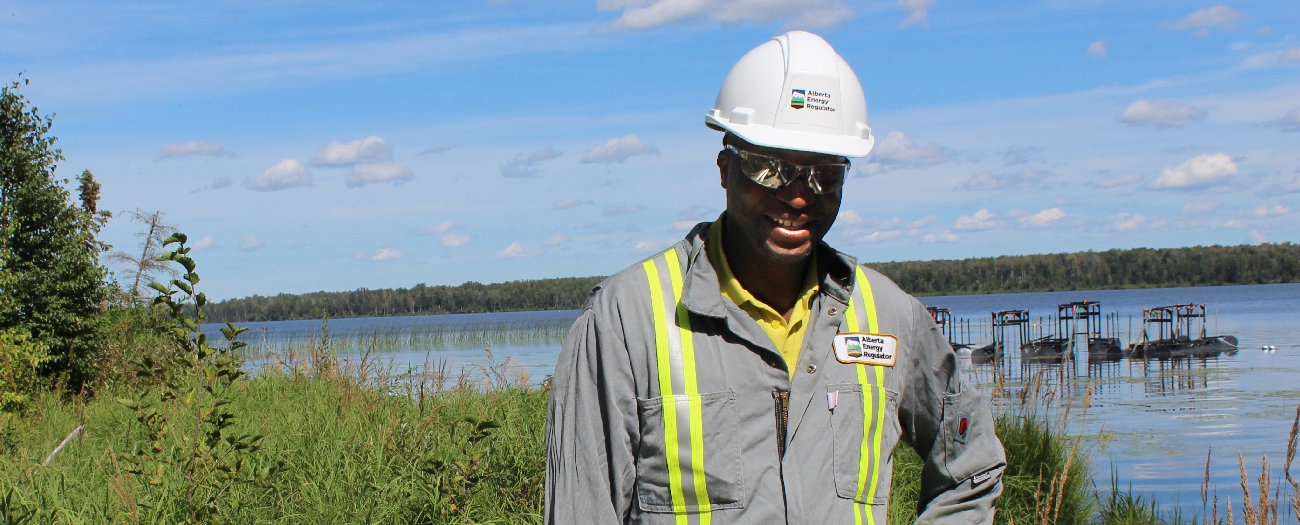The AER releases its annual industry water use report
Alberta - August 13, 2019Alberta Energy Regulator industry performance experts have been tracking how water is used for resource extraction. They share highlights from 2018.
Like aquatic plants, splish-splashy fish, and the human body, Alberta industries rely on water to survive. The oil and gas sector is no exception. It is allocated a portion of the province’s water, which it uses to develop the resources trapped deep beneath the earth. As the province’s upstream oil and gas regulator, it’s our job to make sure that water is used responsibly.
Every year, the Alberta Energy Regulator (AER) releases the Alberta Water Use Performance Report, which dives into how the oil and gas industry is using water. The report includes where water comes from, how individual companies and projects used water, and how efficiently they used it. This year’s report includes data from 2018 and identifies trends over the last five years.
Here are some of its highlights.
- A drop in the bucket. Water is not used evenly across the province. It is used by many sectors—among them municipalities, energy, forestry, agriculture, and construction—and what’s allocated is based on need while still accounting for how much is available, how much is already allocated to others, and environmental and water management requirements. Twelve per cent of water licensed for all uses in Alberta was allocated to the energy sector, which only used 27 per cent of that. This means that the energy sector used less than 0.3 per cent of all the freshwater in the province.
- Not water off a duck’s back. Of all the water used by the oil and gas sector in 2018, approximately 79 per cent was recycled back into energy operations. The remaining 21 per cent was nonsaline (AKA fresh) or alternative make-up water, which comes from myriad sources, including lakes and rivers, saline groundwater and wastewater.
- A rising tide lifts all boats. Water-use intensity is the metric used to measure efficiency; it refers to how much water is needed to produce oil and gas. As in golf, a lower number is a better score. Despite the fact that most sectors improved their water-use intensity in 2018, the overall score increased by 15 per cent. Oil sands mines require the most nonsaline water throughout their lifecycle, and new mining operations came online last year, affecting the entire energy industry’s intensity.
- Blowing them out of the water. We examined four extraction technologies in our report: oil sands mining, in situ operations, hydraulic fracturing, and enhanced oil recovery. Water-use intensities for these technologies were either consistent or increased over the last five years, but enhanced oil recovery blew the others out of the water. Companies using this method experienced a drop of 22 per cent since 2014.
- Charted waters. The AER continues to track and report on industry water use. This year, we made more information on groundwater use available and will continue to include more data in the years ahead.
To read our full water use report, visit aer.ca.
Natalie Brodych, Writer


